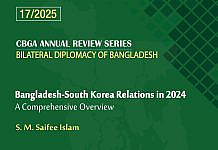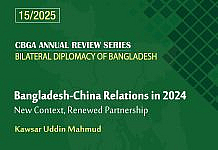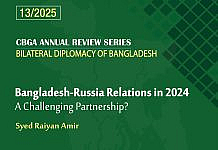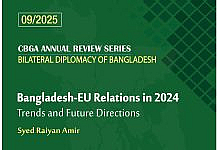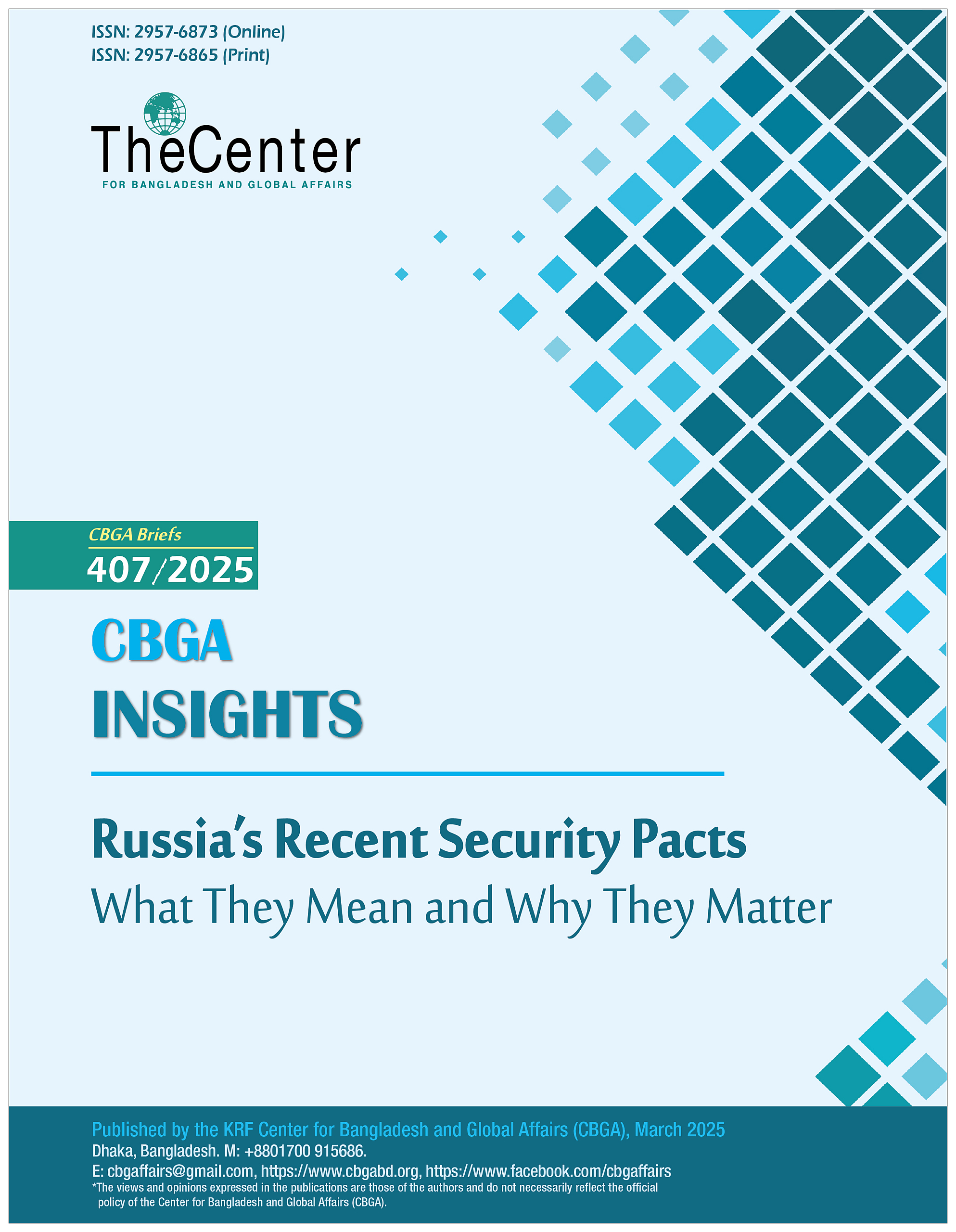
Introduction
Russia has recently signed multiple security agreements with key allies, signaling a shift in its approach to defense partnerships. In the span of just six months, Moscow has formalized deals with Iran, North Korea, and Belarus, each with distinct provisions and strategic implications. While these agreements raise speculation about a potential new military coalition, a closer analysis reveals a more nuanced reality. Rather than forming a cohesive alliance, these treaties highlight Russia’s growing reliance on transactional partnerships. The deals reflect shifting geopolitical dynamics driven by the ongoing war in Ukraine, Russia’s need for military support, and the unique priorities of its allies. Understanding these agreements in detail provides key insights into Moscow’s evolving security strategy.
Why Nations Sign Security Agreements?
Countries enter security agreements for various reasons. These treaties serve as legal instruments that formalize military or defense commitments, ensuring that all parties uphold their end of the bargain. Such agreements also send signals to external actors, whether as a deterrence measure or to clarify expectations and prevent misunderstandings. Russia’s latest security agreements, however, break from its previous approach. Historically, the Kremlin has preferred informal security arrangements, relying on organizations like the Collective Security Treaty Organization (CSTO) to manage regional commitments. The rapid succession of these new treaties suggests a strategic pivot—one largely driven by the pressures of the war in Ukraine.
The North Korea-Russia Security Treaty
The most striking of Russia’s recent agreements is the Treaty on a Comprehensive Strategic Partnership with North Korea, signed in June 2024. This treaty goes beyond mere diplomatic or economic collaboration, formally committing both nations to mutual defense. It marks a significant shift from Russia’s previous stance on North Korea; in 2000, Moscow downgraded its Cold War-era military alliance with Pyongyang to a less formal “Treaty of Friendship, Good Neighborliness, and Cooperation”.
Under the new agreement, North Korea has provided direct military assistance to Russia’s war effort in Ukraine, including munitions and personnel. In return, Moscow has strengthened its political and economic support for Pyongyang. This deal effectively re-establishes a Cold War-style military alliance between the two nations.
The Iran-Russia Agreement: A Different Approach
Russia’s security agreement with Iran, signed in early 2025, differs in key ways from the North Korea pact. While it is also a Treaty on a Comprehensive Strategic Partnership, it lacks a formal mutual defense clause. Instead, it emphasizes nonaggression and cooperation in case of conflict, outlining specific terms for military and security collaboration over a 20-year period.
This long-term commitment suggests that both countries see strategic benefits in closer ties. However, the absence of a defense clause indicates that Iran is wary of becoming entangled in Russia’s military conflicts. Unlike North Korea, which has eagerly backed Moscow’s war efforts, Iran appears more cautious in defining the limits of its cooperation.
At the same time, Tehran has already been a key supplier of military technology to Russia, particularly with its Shahed drones, which have been used extensively in Ukraine. The new agreement formalizes this relationship but does not go as far as committing Iran to direct military intervention.
The Belarus-Russia Defense Pacts
Unlike the treaties with Iran and North Korea, Russia’s security agreement with Belarus consists of multiple smaller agreements rather than a single overarching treaty. Signed in December 2024, these agreements build on the existing legal framework between the two countries, reinforcing their mutual defense obligations.
The most significant aspect of these pacts is the formal inclusion of a nuclear component. Belarus, a close ally of Russia, has already allowed Russian forces to operate from its territory. The new agreements further integrate Belarus into Russia’s military strategy, particularly in the context of nuclear deterrence.
While Belarus has long been a de facto partner in Russia’s security network, these new agreements mark an official deepening of military ties. For Belarusian President Alexander Lukashenko, this move likely secures stronger guarantees for his regime’s survival, reinforcing his dependence on Moscow.
Key Takeaways from Russia’s Security Strategy
- A Shift in Russia’s Approach to Security Agreements
The sudden influx of formal treaties marks a departure from Russia’s previous strategy of maintaining flexible, informal security commitments. The Kremlin’s decision to sign treaty-level agreements with three different partners within six months signals a shift in policy, likely driven by the war in Ukraine. By securing these agreements, Russia has locked in military support from key allies, ensuring continued access to weapons, personnel, and strategic positioning. This suggests that Moscow is adapting to its increasing isolation from Western powers by strengthening ties with non-traditional partners.
- War in Ukraine as a Driving Factor
All three agreements are linked to Russia’s ongoing war in Ukraine. Each partner has contributed in different ways:-
- Belarus has provided logistical and territorial support for Russian military operations.
- Iran has supplied drones and other military technology.
- North Korea has sent ammunition and military personnel to aid Russia’s war effort.
In exchange, Moscow has offered political, economic, and military benefits to these nations. This suggests that Russia’s increasing reliance on its allies has forced it to formalize relationships that were previously more informal.
- No Unified Alliance—Just Pragmatic Deals
Despite the timing of these agreements, there is no clear attempt to create a unified military bloc. Each treaty is distinct in its provisions, reflecting the specific priorities of Russia and its partners-
- North Korea’s treaty includes a mutual defense commitment but avoids explicit mentions of nuclear cooperation.
- Iran’s agreement lacks a formal defense clause, instead focusing on long-term cooperation.
- Belarus’ pacts reinforce mutual defense and explicitly include nuclear elements.
Rather than forming a cohesive alliance, these treaties represent separate transactional agreements. Russia is securing what it needs from each partner while allowing them to retain strategic autonomy.
Conclusion
Russia’s recent security agreements highlight a pragmatic, necessity-driven approach to foreign policy. These deals reflect Moscow’s growing dependence on its allies as it faces mounting challenges in Ukraine and increasing global isolation. However, they do not indicate the formation of a new military alliance.
Instead, Russia is navigating its geopolitical reality through a series of carefully tailored agreements. Each treaty serves a specific purpose, whether securing military supplies, reinforcing regional influence, or deterring adversaries. Going forward, the success of these partnerships will depend on how well Russia can maintain its leverage and manage the expectations of its diverse allies.
While these agreements represent a shift in Russia’s security strategy, they also underscore the transactional nature of modern geopolitics—where commitments are shaped less by ideology and more by immediate strategic necessity.
– Syed Raiyan Amir is a Senior Research Associate at the KRF Center for Bangladesh and Global Affairs (CBGA).



